First of all, manufacturers and retailers in the apparel industry in Europe and the United States have initiated the application of RFID technology in the textile and apparel industries, and now they have achieved gratifying results. Now RFID technology applications have expanded to the production, warehousing, logistics and sales of the textile and apparel industries.
In the forefront of RFID technology applications are Marks & Spencer Group PLC, Japan's high-end garment manufacturer Flandre, Gap Co., Ltd., and Germany's famous clothing manufacturer Gardeur AG.
The application of RFID technology in the textile and apparel industry has shown the broad application prospects of RFID technology in the textile industry in the aspects of production, warehousing and logistics.

Hengkang Technology is a production-oriented enterprise, mainly producing bedding, pillowcases, pillows, bed sheets, etc. Although the ERP system is adopted, in the production management and warehouse management, the data collection adopts the manual method, and the operation mode seriously affects the work efficiency. Many library data can not be updated in time in the system. In the system management, effective management is not realized. The production status and the inventory of the cloth cannot be accurately grasped in the system. When the workers operate, there is no systematic guidance for them, and errors are easy to occur. All these drawbacks have seriously affected the efficiency of production warehouse management, reduced the production management capacity of enterprises, improved the management cost of production warehouses, and restricted the development of enterprises.
(1) The data in the management information system is not reliable
Although the enterprise spends a lot of manpower and financial resources and is equipped with an advanced ERP system, the source of data information in the entire information system lacks the guarantee of reliability. All data comes from manual typing, and errors in manual operations are unavoidable. The occurrence and accumulation of these errors make the effectiveness of advanced computer management information systems greatly reduced.
(2) Data collection takes time and effort, affecting work efficiency
The traditional warehousing adopts the two-dimensional code technology points and cooperates with the electronic sorting label technology to collect the data in the operation process to solve the above problems. However, the daily output of the products of the enterprise is large, the workload is huge, and the production warehouse operation is frequent. When bulk accessing the library, the operator needs to scan the barcode on each package one by one to collect the information of the inbound goods. It is time-consuming, labor-intensive, inefficient, and prone to errors, sweeps, and re-sweeping errors.
(3) Difficulties in inventory counting
Inventory is an important operation link in warehouse management. Its purpose is to check the book number and the physical quantity of inventory, so as to find out the difference and correct it in time according to the prescribed procedures, to ensure that the data on the book can reflect the real situation of the inventory, but the actual situation is Yes, the inventory work is difficult to implement thoroughly on time, because the premise of inventory implementation is that the warehouse warehousing operations must be temporarily stopped to ensure that the physical quantity and the book number are at the same time. Such a check is meaningful. However, all aspects of the environmental conditions determine that the company can not put the inventory in a static state for a long enough time to ensure the completion of the inventory.
Second, the construction process
2.1 Demand research and analysis stage
In September 2011, the professional technicians of Zijing Technology Company went to Hengkang Technology to understand the specific business needs, and based on the management status of Hengkang Technology, and in-depth analysis of production management, formed a consistent demand analysis report;
2.2 Project implementation stage
Software development
Card issuer software interface
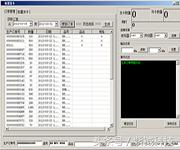
ERP and RFID application middleware data transmission software
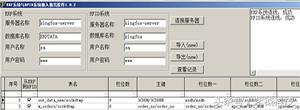
testing on the spot
Before the project is implemented, the customer needs to know the reading of the equipment and go to the site for a test. Two carts are used, and the test location is at the factory of Rugao Hengkang Technology Co., Ltd. The test situation and process are described as follows:

The test data is recorded for each test scenario, as follows.
Labels in the cart 1 (90):
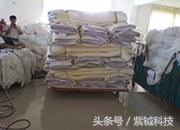
Labels in the cart 2 (60):

Hardware installation
Channel installation and testing, as shown below:
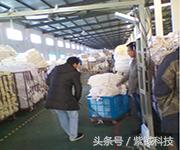
Conveyor installation and testing, as shown below:

2.3 System operation phase
In March 2012, the system was optimized and upgraded, joint testing of key users, user training, and official launch.
Third, the application value
The benefits of RFID technology in the production process are reflected in the production process efficiency, production cost, quality process control and so on.
Improve the efficiency of the production process: the main production cost factors such as the amount of raw materials consumed and the time-consuming of each process are entered into the back-end database in real time, making timely and accurate statistics of production costs, production, materials, time-consuming, piece-rate wages and other production indicators become a reality. , thereby greatly improving the efficiency of the production process and visualizing the progress of the production process.
Reduce production costs: Produce materials and workers using RFID tags for management. The raw materials and labor consumed are registered in real time, and the software system can calculate the various costs of consumption at any time and timing, and perform cost analysis to achieve the goal of dynamic management of production costs and reduction of production costs.
Strengthen quality control: real-time registration of raw materials consumed by each process and manual use of RFID tags, so as to realize real-time monitoring of each operation link of the product in the manufacturing process, and achieve product quality tracking and quality control.
Achieving production according to order: Production by order is an important prerequisite for reducing inventory and on-time delivery. The realization of zero inventory and JIT timely production requires rapid response to production. The introduction of RFID tag technology provides an important technical guarantee.
Realize order quotation: Since there is cost data (job time and material usage) for individual products, it is easy to calculate the profit margin and automate the calculation of order quotation.
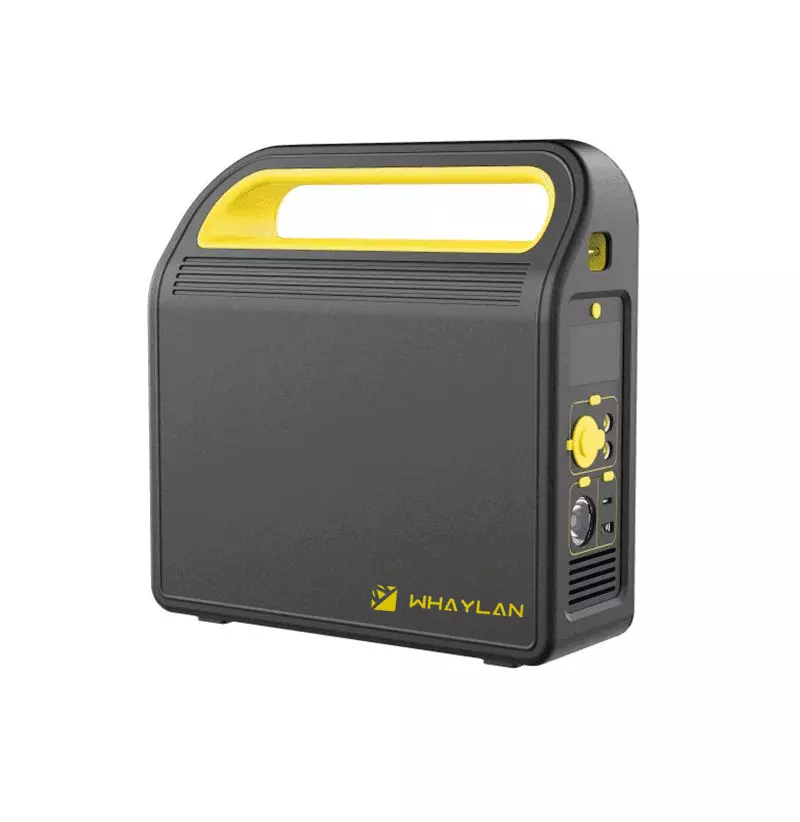
Whaylan Portable Energy Storage power is lightweight,compact, and easy to carry. It also fits with common camping appliances and can charge your equipment at any time. With its pure sine wave and no damage to appliances, it has always been the first choice for backcountry campers.
300W Power station,300wh power station,portable power station,the power station
suzhou whaylan new energy technology co., ltd , https://www.whaylan.com